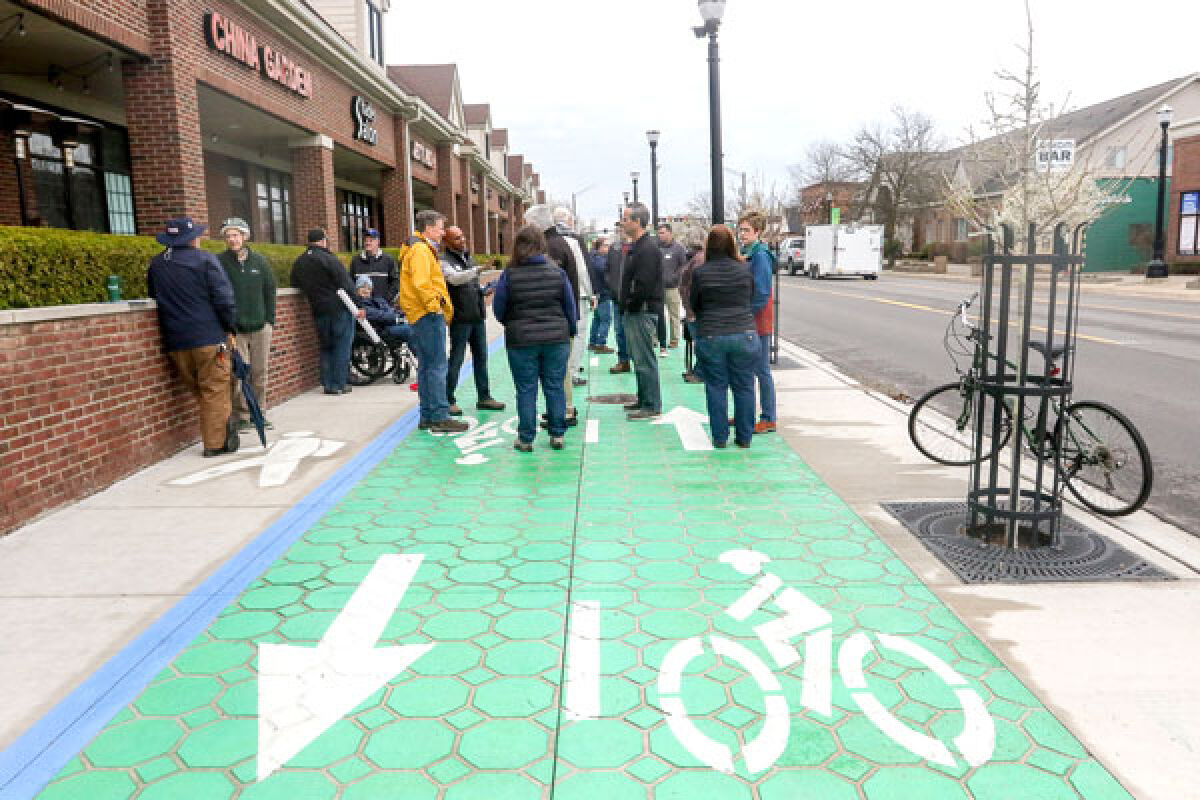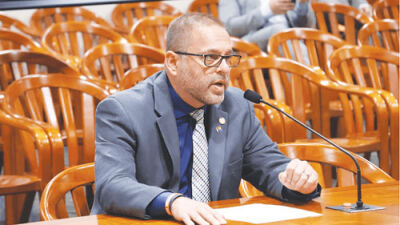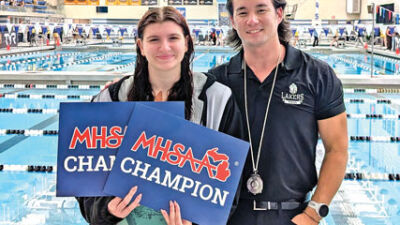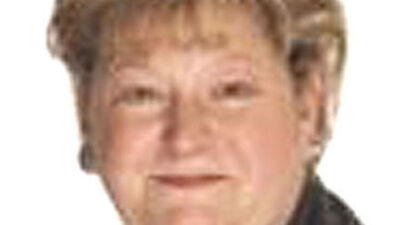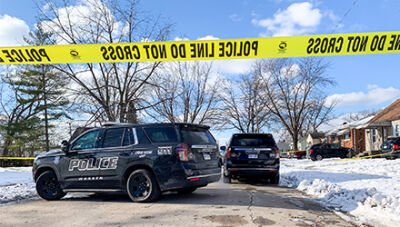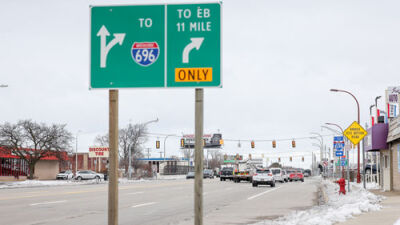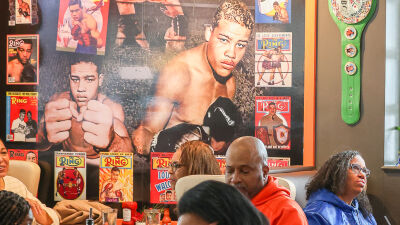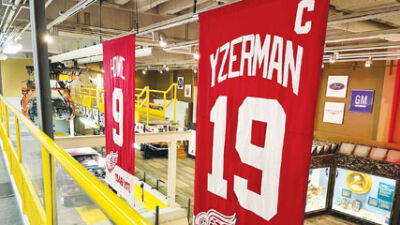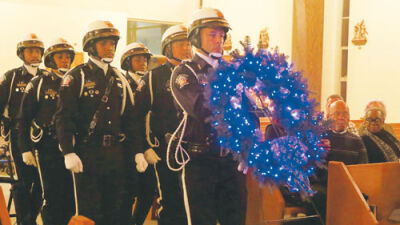WESTERN OAKLAND COUNTY — Local residents who like the thought of taking a walk, going for a jog or enjoying a bike ride on the trails recently had something to celebrate.
On April 22, a ceremony was held to recognize the opening of Phase Two of the Michigan Air Line Trail.
The event was held along the trail’s new cycle track route in downtown Wixom.
The Michigan Air Line Trail is an approximately 7-mile multiuse pathway that travels through three communities in western Oakland County — Wixom, Walled Lake and Commerce Township.
The Air Line connects with the Huron Valley Trail on the west, the West Bloomfield Trail on the east and the M-5/I-275 Metro Trail to the south.
The trial is part of the Great Lake to Lake Trail, an approximately 270-mile cross-state pathway that stretches from Lake Michigan to Lake Huron.
According to a Michigan Air Line Trail fact sheet, the CW2 Trailway Management Council worked to turn an unused railway corridor into the Michigan Air Line Trail, which was named for the Michigan Air Line Railway that dates back to the early 1880s.
Phase One was completed in 2019.
“Phase One went from Haggerty Road in Commerce Township to Wixom Road in Wixom, and Phase Two kinda picks up where Phase One ends off in Wixom,” said Michigan Air Line Trailway Council Trail Manager John Hensler. “We go into downtown Wixom, through downtown, and then the trail goes up and reconnects a little bit further along the historic rail bed route and goes all the way to Old Pine Road, which is where it actually connects up with the Huron Valley Trail. … It’s paved all the way from the Huron Valley Trail all the way out to the West Bloomfield Trail. It’s all part of this Great Lake to Lake Trail.”
Chris Frey is the supervisor for West Bloomfield Parks and Recreation. He discussed how Phase Two of the Michigan Air Line Trail can positively impact the West Bloomfield Trail.
“Any connectivity to our trail is great for the community, great for the state,” Frey said. “(It’s) great for the people that live in those communities and the people that live outside of our communities that come to our communities to see what we have to offer.”
For those who enjoy trails that connect communities, potentially leading to miles and miles of adventure, there is a lot to be excited about with the Michigan Air Line Trail.
“There’s a whole bunch of these trails now that link up, and it’s really fun,” Hensler said. “You can take the trail all the way down to Greenfield Village; you can take the trail all the way down to Lake Erie — (the) Michigan Air Line Trail connects to all those things.”
Hensler said that an asphalt surface was used for the trail because it addresses the widest variety of users, including those who like to in-line skate, use scooters or travel via bike.
“You can use the trail on a long bike ride; you can use the trail on a walk with your dog to go get ice cream or something like that,” he said. “So we really like the fact that we’re connecting individuals and neighbors, as well as Great Lakes on either end of the state.”
The Michigan Air Line Trail was funded by state, regional and federal grants, local communities, and funders such as the Ralph C. Wilson Jr. Foundation.
The cost to design and build it, according to the fact sheet, was approximately $5,884,000, with about 90% of that total covered by grants and gifts.
“One of the reasons that we wanted to build a trail in the first place was that there were a lot of trails that got you pretty far, but there was a big gap in between them, and I remember when we were pitching the Ralph Wilson Foundation for funding we made a presentation showing them, ‘Look, if you build this trail, you’ll connect three trails that really have a dead-end right now, and people will be able to flow between those trails like they never have before,’” Hensler said. “If you go out on the trail on any day, even on a weekday, but certainly on a weekend day, it is packed with people, so we’re thrilled with how popular it is.”
Frey shared a similar sentiment.
“Maybe COVID had something to do with this, but I know our trail network is extremely busy,” he said. “Obviously, more on the weekends, but come springtime, people are just itching to get out.”
Frey is a proponent of having an abundance of outdoor activities for people to enjoy.
“It’s a win-win for everybody,” he said. “The more trails, the better — the more bike paths, the more parkland — all that stuff is a win-win for everybody.”
When asked if there are other phases planned, Hensler said, “We’re pretty much done with the actual construction.”
“The next phase of the trail, really, is just kind of pretty it up,” he said. “We’ve introduced a lot of nice signage on the Phase One portion of the trail. We’re planning on doing that for Phase Two of the trail as well. We’re making progress.”
 Publication select ▼
Publication select ▼